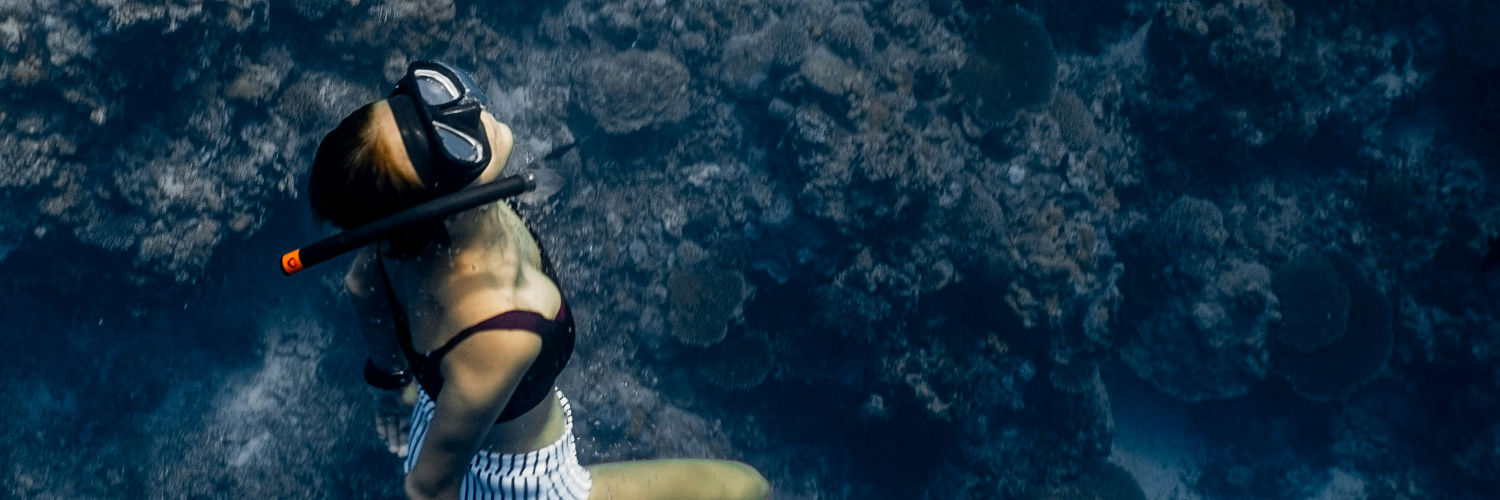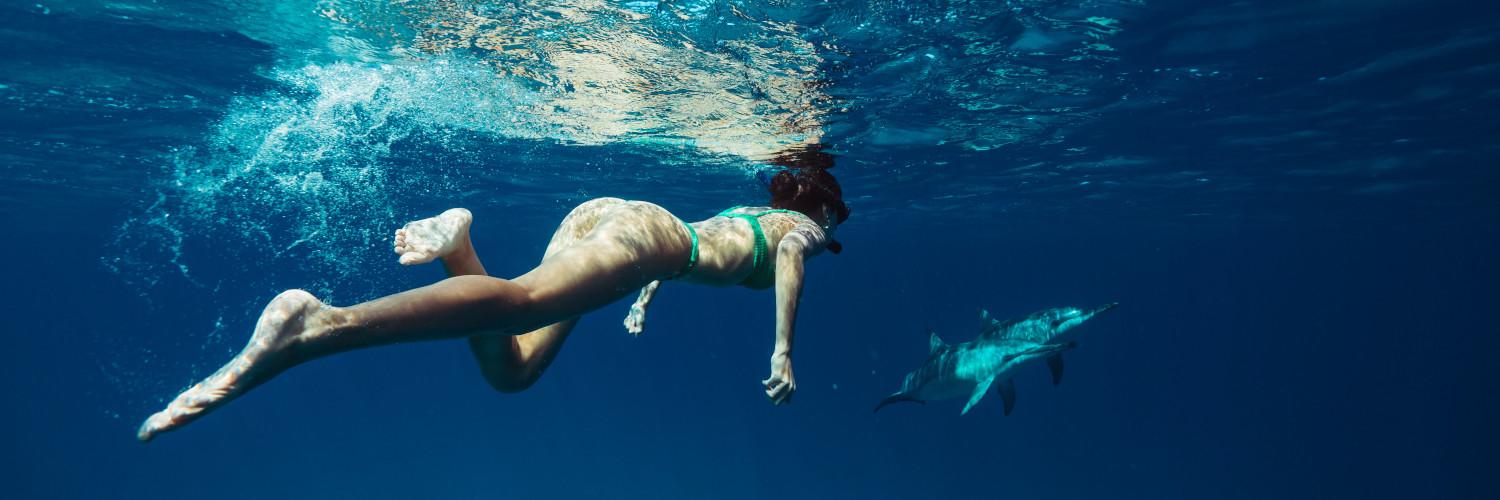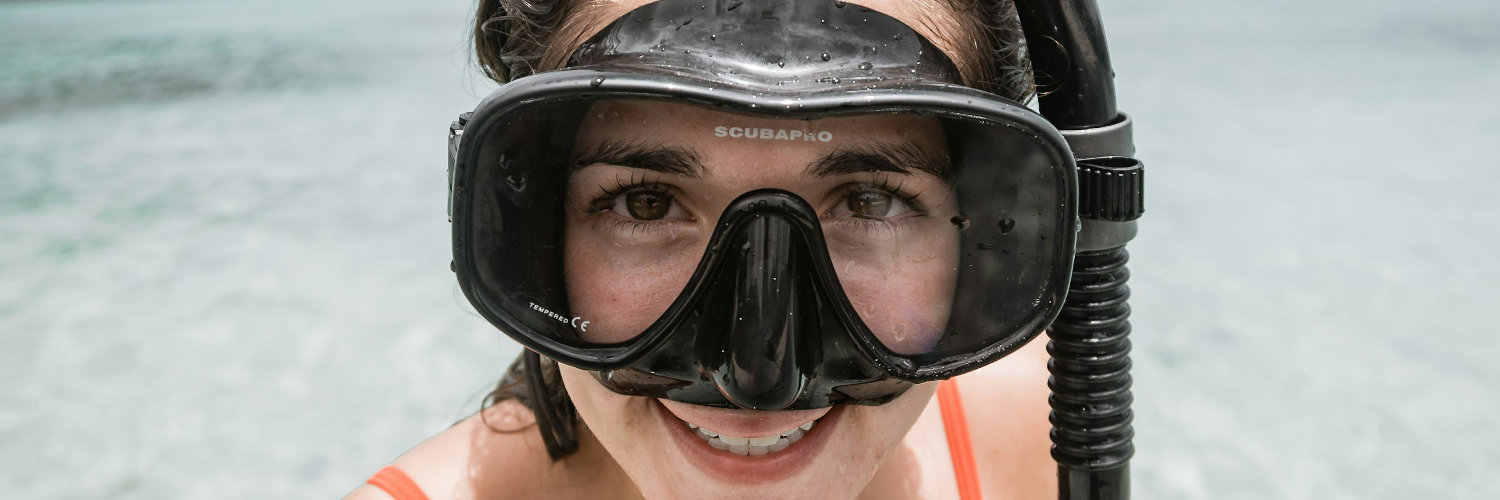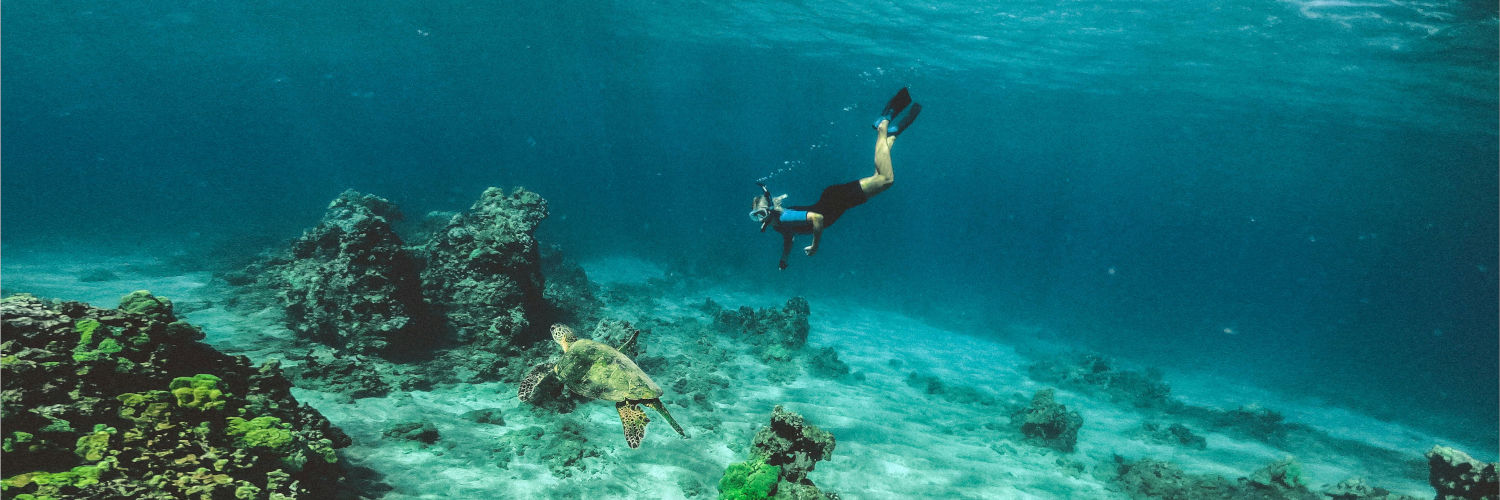Snorkeling in deep water offers an immersive experience distinct from shallow-water snorkeling. It allows enthusiasts to explore a more diverse marine environment, presenting opportunities to encounter a wider variety of marine life and more expansive underwater landscapes. While typically associated with shallow waters, snorkeling in deeper areas requires careful preparation and an awareness of personal limitations.
Snorkelers diving into deeper waters must be proficient swimmers and familiar with their equipment. Proper breathing techniques through the snorkel are crucial for a safe experience. Additionally, it is important to have a snorkeling buddy for safety. They should practice in controlled conditions before venturing into deep waters to ensure comfort with the activity’s unique challenges.
Engaging in deep water snorkeling brings snorkelers closer to many beautiful underwater sights, including different species of fish, starfish, turtles, and corals. However, one must remain mindful of not disturbing the delicate aquatic ecosystems. Advancing slowly and maintaining a respectful distance helps to prevent potential harm to the sensitive marine life and their habitats.
Understanding Snorkeling Basics
Before exploring deep water snorkeling, it is essential to have a solid understanding of the basic equipment, proper breathing techniques, and swimming skills required for a safe and enjoyable experience. This section will provide insight into these fundamentals.
Snorkeling Equipment
The primary equipment for snorkeling includes a mask, a snorkel, and fins:
- Mask: A good fit is critical to prevent water from leaking in. The snorkel mask should offer a clear field of vision and feature a comfortable, watertight seal around the face.
- Snorkel: The breathing tube allows for air intake when swimming at the surface. A dry snorkel prevents water entry when submerged, while semi-dry and basic snorkels may require clearing techniques.
- Fins: They provide increased swimming efficiency and control underwater. Fins should be snug yet comfortable, allowing for powerful and sustained propulsion.
Additional gear like a wetsuit can provide protection against the cold and sun, while a flotation device enhances buoyancy and safety.
Breathing Techniques
Effective breathing is crucial in snorkeling for both relaxation and energy conservation:
- Inhalation and Exhalation: Breath should be calm and deep through the mouth, ensuring consistent air exchange through the snorkel tube.
- Water Clearance: If water enters the snorkel, one must exhale forcefully to clear the tube before inhaling again.
Swimming Skills
Strong and efficient swimming skills are necessary to maneuver while snorkeling:
- Buoyancy Management: A snorkeler must be able to float effortlessly at the surface to observe underwater life without exhausting themselves.
- Stroke Technique: A balanced flutter kick with fins and a gentle arm stroke allows for smooth navigation while conserving energy.
With the right skills and gear, snorkelers can relish the wonders of the underwater world securely and comfortably.
Preparing for Deep Water Snorkeling
Before embarking on a deep water snorkeling adventure, individual preparation and careful planning of the location are critical. The snorkeler must ensure they have the physical readiness for the challenges presented by deeper waters and select a location that aligns with their abilities and goals.
Physical Fitness and Swimming Abilities
An individual planning to snorkel in deep water should prioritize their physical fitness and swimming abilities. Strength and endurance are vital as they will have to swim longer distances and may face strong currents. Regular swimming exercises, such as laps in the pool using freestyle strokes, can significantly enhance stamina.
- Swimming Practice: Aim for multiple sessions per week, progressively increasing the distance swum.
- Breath Hold Training: Practice holding your breath to improve comfort underwater. Begin with short intervals, increasing as competence grows.
- Cramp Prevention: Strengthen leg muscles to prevent cramping; this can be done with exercises like calf raises and stretches.
- Use of Fins: Incorporate fins during practice sessions; this helps simulate conditions and builds relevant muscle groups.
Choosing the Right Location
The location for deep water snorkeling must be chosen with care to ensure safety and enjoyment.
- Water Clarity: Pick locations with clear water for better visibility and safety.
- Depth: Choose a location that matches your swimming and snorkeling experience level.
- Diving Mask: Ensure you have a proper fitting diving mask for clear vision and comfort at the chosen depth.
- Local Conditions: Research the location’s conditions, such as tides and potential for boat traffic. Avoid areas that pose higher risks.
It’s crucial for the snorkeler to acknowledge and match their personal capabilities with the selected location to maintain safety throughout their deep water experience.
Exploring the Underwater World
Snorkeling excursions provide unique opportunities to witness the vivid landscapes and dynamic ecosystems that thrive beneath the ocean’s surface. Crystal clear waters allow for visibility of diverse marine wildlife and intricate coral formations in deeper aquatic zones.
Marine Life and Coral Reefs
Deep water snorkeling immerses individuals in a world teeming with marine life, ranging from vibrant schools of fish to the occasional glimpses of larger oceanic creatures. The experience is framed by the magnificent backdrop of coral reefs—living structures made up of colonies of coral polyps.
- Fish Varieties: Species such as parrotfish, angelfish, and clownfish are commonly seen, exhibiting a rainbow of colors.
- Coral Health: Observers may note the health and diversity of coral species, recognizing branching, table, and brain corals among others.
Responsible Interaction with Aquatic Life
While snorkeling, interaction with the underwater world should be mindful and ecologically sound:
- Avoid Contact: Physical contact with coral reefs can damage the sensitive polyps, therefore snorkelers must keep a safe distance.
- Non-Disturbance Principle: Minimizing disruption to marine wildlife ensures their natural behaviors remain unchanged by human presence.
It is imperative for snorkelers to respect the underwater world, ensuring that their presence contributes to the conservation of these ecosystems for future generations.
Advanced Snorkeling Techniques
Advanced snorkeling involves techniques that allow for deeper exploration and better navigation in open water environments. This section focuses on two pivotal skills: mastering breath control for free diving and negotiating aquatic conditions like currents and waves.
Free Diving and Breath Holding
One crucial aspect of advanced snorkeling is the ability to free dive, a form of underwater diving that relies on the individual’s ability to hold their breath until resurfacing rather than the use of a breathing apparatus. The art of breath holding is fundamental to free diving. It requires one to control and slow down their breath, utilizing the diaphragm effectively. Before attempting a free dive, snorkelers should practice relaxation techniques to conserve oxygen. This combines stillness and calm breathing patterns to reduce oxygen consumption.
Breath Control Techniques
- Relaxation: Before diving, take time to relax the body and mind.
- Breath Rhythms: Practice steady inhale-exhale cycles to extend breath hold.
- Diaphragm Training: Build diaphragm endurance to better control breathing.
Dealing with Currents and Waves
Snorkelers often encounter strong currents and waves, which can affect both safety and energy expenditure. When facing a strong current, snorkelers should use efficient fin kicks, maintaining a steady, freestyle kicking pattern that conserves energy and maximizes propulsion. They should remain aware of their surroundings and employ a floating technique to conserve strength when necessary. Skin diving techniques can also be used to temporarily dive below the surface waves, leveraging the duck dive. This technique allows snorkelers to pass through a wave rather than battling against it, minimizing effort and maximizing movement efficiency.
Current and Wave Navigation Techniques
- Efficient Kicking: Use a smooth, gliding freestyle kick to move through water with less effort.
- Floating: Apply floating skills to rest and navigate over waves without expending excess energy.
- Duck Diving: Practice the duck dive to maneuver under waves or surface chop.
Safety and Risks in Deep Water Snorkeling
When snorkeling in deep water, it’s critical to understand the specific risks and appropriate safety measures. This ensures a safe and enjoyable experience while exploring marine environments.
Understanding and Managing Risks
Snorkeling in deep water brings a sense of adventure, but also introduces a range of risks that snorkelers must manage effectively. Pressure-related discomfort can occur due to changes in water pressure affecting the ears and sinuses. It is essential to equalize pressure by gently exhaling through the nose into a pinched nose. Failure to do so can result in ear pain or even damage.
Breathing through a snorkel tube can lead to a buildup of carbon dioxide if not done correctly. Snorkelers must breathe slowly and deeply to avoid hyperventilating, which could cause dizziness, light-headedness, and nausea. It is vital to avoid breath-holding when at depth to prevent decompression sickness, a serious condition caused by surfacing too rapidly after holding one’s breath. This is due to nitrogen bubbles forming in the bloodstream and tissues, which can lead to severe discomfort or even life-threatening complications.
Additionally, environmental factors such as riptides can pose serious danger. Snorkelers should be aware of their surroundings and the potential for strong currents. Using conservatism when planning the depth and duration of snorkeling activities can mitigate risks associated with these factors.
- Sunscreen is necessary to protect from sunburn, but should be reef-safe to avoid harming marine life.
- Snorkelers should stay well-hydrated and take breaks to prevent cramps and discomfort.
- To avert the dangers of stale air in the breathing tube, it’s advised to regularly clear the tube of accumulated carbon dioxide.
Emergency Procedures and First Aid
In the event of an emergency, knowledge of first aid procedures is crucial. Immediate actions in the face of accidents can prevent situations from worsening. If a snorkeler experiences trouble due to pressure changes, surfacing slowly and seeking medical assistance is imperative.
| Condition | Symptoms | Immediate Action |
|---|---|---|
| Decompression Sickness | Pain in joints, dizziness | Seek medical attention; oxygen may be necessary |
| Hyperventilation | Rapid breathing, light-headedness | Breathe slowly, rest, reassure |
| Cramps | Sudden, sharp pain in muscles | Gently stretch the muscle, relax |
| Sunburn | Red, painful skin | Get out of the sun, apply cool compress, hydrate |
Snorkelers must be especially vigilant for signs of nausea and dizziness as they can be precursors to more serious issues such as heat exhaustion or hyperventilation. Having a buddy is essential, as they can provide help and alert emergency services if necessary. It’s also important to be aware of the signs of carbon dioxide buildup, such as light-headedness and trouble breathing, which requires immediate action such as removing the snorkel and taking deep breaths of fresh air.





